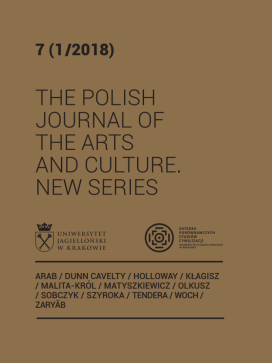This paper explores the nature, ontological status, different spheres and symbolic representation of Vāc in the Vedic-Tantric tradition, and how it lends credibility to the theory of emancipation through prayer, worship and mantra-sādhana. Vedas, or the canons of Hindu philosophy, proclaim that in the beginning was Brahman and Brahman is Vāc. The word Vāc comes from the root Vac and in Sanskrit can mean both the voice and the word it utters³⁵. According to Śākta Tantra, this word is created by letters and the letters are the products of sound Evolution. This is the result of self-movement (Spanda) on the part of the Absolute or Śakti who is also termed as Parā-Vāc. It is this movement that brings about the distinction among the so far unified Word (Śabda), Object (Artha) and Cognition (Pratyaya). All these three are, therefore, aspects of the primal energy. That is why according to Vedic– Tantric tradition, the meaning of a word is not conventionally determined as is usually held by the Western thinkers, but always has its corresponding Meaning and referent and neither can be dissociated from the other. According to Tantric tradition, written Mantras are devoid of any power. They become effective only when heard from the lips of one’s spiritual master or an unattached Yoginī. Language therefore, is not something arbitrary or invented. In the words of Tantra Vāc there is Prakāśa or illuminating consciousness and the meaning of it is Vimarśa or the object of consciousness. Word is eternal in nature, by which it is meant that even after Mahāpralaya or complete annihilation of the universe, Word shall remain in its seminal form (Bījarūpa). Word, like material objects and individual existence can be either gross (Sthūla) or subtle (Sukṣma). A Sthūla or gross word is that form of the word which is spoken or written and known as Vaikharī Vāc. The other three stages of Vāc viz. Parā, Paśyantī and Madhyamā are subtle in nature. There are six Cakras or spiritual nerve centres in the human body and Śabda is present in those Cakras in its subtle form by Veda and Tantra. Śākta Tantra in particular proclaims that the Absolute is Śakti and She is Vāc, both the voice and the word it utters³⁵. According to Śākta Tantra, this word is created by letters and the letters are the products of sound Evolution. This is the result of self-movement (Spanda) on the part of the Absolute or Śakti who is also termed as Parā-Vāc. It is this movement that brings about the distinction among the so far unified Word (Śabda), Object (Artha) and Cognition (Pratyaya). All these three are, therefore, aspects of the primal energy. That is why according to Vedic–Tantric tradition, the meaning of a word is not conventionally determined as is usually held by the Western thinkers, but always has its corresponding Meaning and referent and neither can be dissociated from the other. According to Tantric tradition, written Mantras are devoid of any power. They become effective only when heard from the lips of one’s spiritual master or an unattached Yoginī. Language therefore, is not something arbitrary or invented. In the words of Tantra Vāc there is Prakāśa or illuminating consciousness and the meaning of it is Vimarśa or the object of consciousness. Word is eternal in nature, by which it is meant that even after Mahāpralaya or complete annihilation of the universe, Word shall remain in its seminal form (Bījarūpa). Word, like material objects and individual existence can be either gross (Sthūla) or subtle (Sukṣma). A Sthūla or gross word is that form of the word which is spoken or written and known as Vaikharī Vāc. The other three stages of Vāc viz. Parā, Paśyantī and Madhyamā are subtle in nature. There are six Cakras or spiritual nerve centres in the human body and Śabda is present in those Cakras in its subtle form by Veda and Tantra. Śākta Tantra in particular proclaims that the Absolute is Śakti and She is Vāc, designating the primordial sound AUM.









.jpg)































